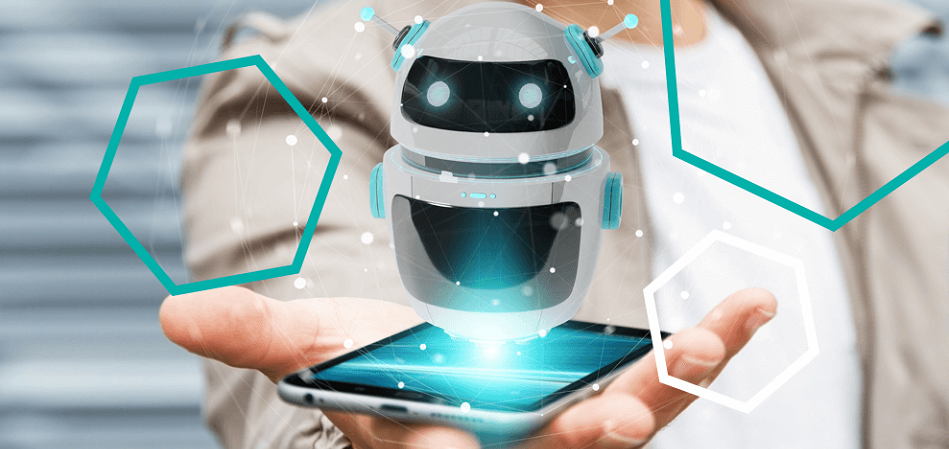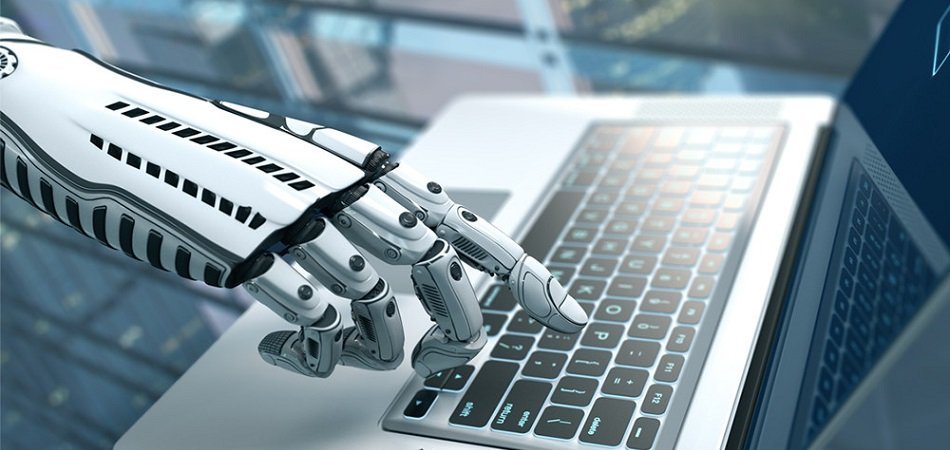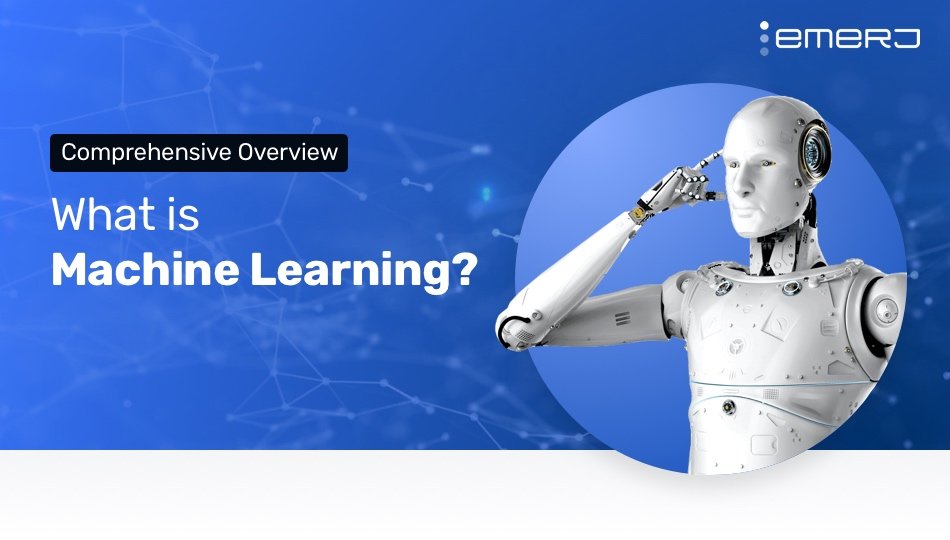What Are Chatbots? – An Informed Definition With Use-Cases
A chatbot is a prominent type of AI application used by a variety of businesses for resolving issues related to conversations…

•


Explore articles and reports related to artificial intelligence in transportation, including coverage of self-driving cars, public transportation systems, and more.
A chatbot is a prominent type of AI application used by a variety of businesses for resolving issues related to conversations…

•

Chatbots have in large part dominated the AI conversation in the enterprise. This has ignited interest in the technology that makes…

•

Much of the artificial intelligence and automation discussion going on in the enterprise recently involves something that, in most cases, actually…

•

What is artificial intelligence (AI)? We take the term for granted, but how might we phrase a formal definition? And are the technologies…

•

Typing “what is machine learning?” into a Google search opens up a pandora’s box of forums, academic research, and false information…

•
